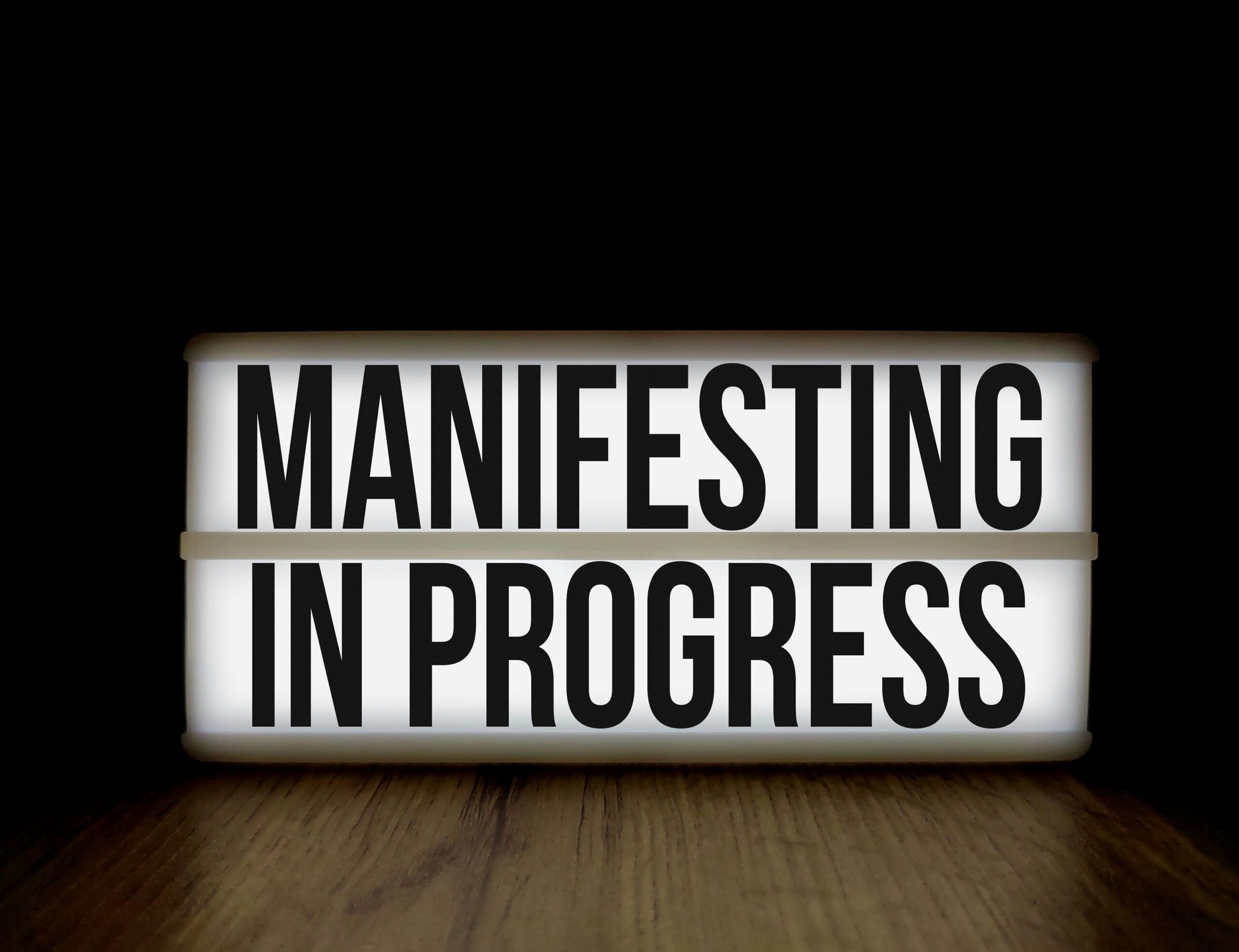Resilience isn’t about never falling—it’s about mastering the art of getting back up stronger, smarter, and more prepared for whatever comes next.
In today’s rapidly changing world, the ability to adapt and bounce back from setbacks has become more critical than ever. Whether you’re navigating career challenges, personal obstacles, or unexpected global disruptions, resilience combined with adaptive planning creates an unstoppable force that propels you toward success regardless of circumstances.
This comprehensive guide explores how you can develop unshakeable resilience through strategic, flexible planning that transforms obstacles into opportunities. You’ll discover actionable frameworks, practical strategies, and mindset shifts that empower you to thrive in any situation life throws your way.
🎯 The Foundation: Understanding True Resilience
Resilience extends far beyond simply “bouncing back” from adversity. It represents a dynamic process of positive adaptation in the face of significant challenges, trauma, or stress. True resilience involves growing through difficulties rather than just surviving them.
Research in psychology and organizational behavior reveals that resilient individuals share common characteristics: they maintain realistic optimism, demonstrate emotional agility, possess strong problem-solving skills, and cultivate meaningful connections with others. These traits aren’t necessarily innate—they can be developed and strengthened over time through deliberate practice.
The most resilient people understand that setbacks are temporary and specific rather than permanent and pervasive. They view challenges as learning opportunities and maintain a growth mindset that transforms obstacles into stepping stones toward their goals.
📋 Adaptive Planning: Your Strategic Advantage
Traditional planning methods often fail because they assume a stable, predictable environment. Adaptive planning acknowledges uncertainty as a constant and builds flexibility into every strategy. This approach creates multiple pathways to success rather than relying on a single rigid roadmap.
Adaptive planning involves continuous assessment, learning, and adjustment. It requires you to set clear objectives while remaining open to changing your tactics as new information emerges. This dynamic approach combines strategic thinking with tactical flexibility, creating resilience at the systemic level.
The Core Components of Adaptive Planning
Effective adaptive planning consists of several interconnected elements that work together to create a robust framework for success:
- Clear vision and values: Establishing non-negotiable principles that guide decision-making even when tactics must change
- Scenario mapping: Anticipating multiple possible futures and preparing contingency responses
- Regular review cycles: Implementing scheduled checkpoints to assess progress and recalibrate strategies
- Resource flexibility: Maintaining versatile assets and capabilities that serve multiple purposes
- Feedback loops: Creating systems to capture real-time information and integrate insights quickly
- Incremental implementation: Breaking large initiatives into testable components that allow for course correction
💪 Building Your Resilience Muscles
Like physical fitness, resilience requires consistent training and practice. You can systematically develop greater resilience by focusing on specific areas that strengthen your capacity to handle adversity effectively.
Emotional Regulation and Self-Awareness
The ability to recognize, understand, and manage your emotional responses forms the cornerstone of resilience. When you develop emotional intelligence, you gain the power to choose your responses rather than reacting impulsively to challenging situations.
Practice mindfulness techniques that increase your awareness of emotional states without judgment. This creates space between stimulus and response, allowing you to make conscious choices aligned with your long-term objectives rather than immediate impulses.
Journaling serves as a powerful tool for developing self-awareness. Regular reflection helps identify patterns in your thinking and behavior, revealing areas where you can strengthen your resilience and adapt your planning strategies.
Cognitive Flexibility: Reframing Challenges
Your interpretation of events matters more than the events themselves. Cognitive flexibility—the ability to see situations from multiple perspectives—enables you to find opportunities within challenges and solutions within problems.
Practice reframing exercises where you deliberately seek alternative interpretations of difficult situations. Ask yourself: “What else could this mean?” or “How might I view this situation five years from now?” These questions shift your perspective and reveal new possibilities.
Challenge cognitive distortions like catastrophizing, overgeneralization, and all-or-nothing thinking. These mental patterns undermine resilience by creating unrealistic assessments of threats and your capacity to handle them.
🔄 The Adaptive Planning Cycle
Implementing adaptive planning requires a structured yet flexible process that continuously evolves based on results and changing circumstances. This cyclical approach ensures your plans remain relevant and effective over time.
Phase 1: Envision and Establish Direction
Begin by clarifying your ultimate objectives and the values that guide your journey. Define what success looks like while remaining open about the specific path to reach it. This creates a north star that provides direction without constraining your options unnecessarily.
Identify key success indicators that signal progress toward your goals. These metrics should measure meaningful outcomes rather than just activities, allowing you to assess whether your strategies are working regardless of whether they match your original plan.
Phase 2: Design Multiple Pathways
Rather than creating one detailed plan, develop several strategic options for reaching your objectives. Consider best-case, worst-case, and most-likely scenarios, designing appropriate responses for each possibility.
This approach reduces the shock when unexpected changes occur because you’ve already mentally rehearsed various possibilities. You’re not starting from scratch when plans change—you’re selecting from pre-considered alternatives and adapting them to specific circumstances.
Phase 3: Implement with Learning Mindset
Execute your chosen strategy while maintaining curiosity about results and feedback. Treat implementation as an ongoing experiment that generates valuable data rather than a pass/fail test of your planning abilities.
Create feedback mechanisms that provide early warning signals when adjustments are needed. These might include regular check-ins with stakeholders, performance dashboards, or structured reflection sessions that assess what’s working and what isn’t.
Phase 4: Review, Reflect, and Recalibrate
Schedule regular review sessions—weekly, monthly, and quarterly depending on your planning horizon—to assess progress and make necessary adjustments. These sessions should examine both results and processes, asking what you’re learning and how you can improve.
Distinguish between temporary setbacks requiring persistence and fundamental issues demanding strategic pivots. Not every obstacle signals the need for change; sometimes resilience means staying the course despite short-term difficulties.
🛠️ Practical Tools for Unstoppable Resilience
Implementing resilience and adaptive planning becomes easier with specific tools and frameworks that structure your approach. These practical resources translate concepts into actionable systems you can implement immediately.
The Resilience Journal Framework
Maintain a dedicated resilience journal with three daily components: gratitude entries that strengthen positive emotions, challenge logs that track obstacles and your responses, and learning insights that capture lessons from experiences. This structured reflection builds resilience through increased self-awareness and pattern recognition.
Scenario Planning Template
Create a simple matrix that maps different future scenarios against your strategic responses. For each major goal, identify at least three potential scenarios (optimistic, pessimistic, realistic) and outline how you’d approach each situation. Update this template quarterly as circumstances evolve.
| Scenario | Key Indicators | Strategic Response | Resources Needed |
|---|---|---|---|
| Optimistic Path | Early wins, positive feedback, rapid progress | Scale quickly, expand scope | Additional capacity, investment |
| Realistic Path | Steady progress, mixed results, moderate challenges | Continue with adjustments, optimize processes | Current resources plus flexibility buffer |
| Challenging Path | Significant obstacles, slow progress, unexpected barriers | Pivot strategy, reduce scope, or pause and reassess | Support network, alternative approaches |
The Personal Board of Advisors
Resilience thrives in connection. Build a diverse network of trusted advisors who offer different perspectives, skills, and experiences. This isn’t about formal mentorship necessarily—it’s about cultivating relationships with people who challenge your thinking, support your growth, and provide honest feedback when you need course correction.
🌟 Cultivating Antifragility: Beyond Resilience
While resilience helps you recover from setbacks, antifragility—a concept introduced by Nassim Taleb—describes systems that actually grow stronger from stress and volatility. This represents the ultimate expression of adaptive planning combined with resilience.
Antifragile approaches deliberately expose yourself to manageable challenges that build capacity. Rather than avoiding all risks, you strategically embrace small failures that provide learning without catastrophic consequences. This builds immunological strength against larger challenges.
Incorporate regular stretch challenges into your planning. These are projects or goals slightly beyond your current comfort zone that require you to develop new capabilities. The key is calibrating the difficulty—challenging enough to promote growth but not so overwhelming that they exceed your adaptive capacity.
⚡ Implementing Adaptive Planning in Different Life Domains
The principles of resilience and adaptive planning apply across all areas of life, though the specific implementation varies by context. Understanding domain-specific applications helps you customize these frameworks for maximum effectiveness.
Career and Professional Development
In your professional life, adaptive planning means developing transferable skills rather than hyper-specializing in areas that might become obsolete. Build a portfolio of capabilities that create value across multiple contexts, positioning yourself to pivot as industries and roles evolve.
Create career pathways rather than a single career ladder. Identify multiple directions that align with your values and interests, staying alert to opportunities that might not match your original plan but serve your broader objectives.
Financial Planning and Security
Financial resilience requires diversification and flexibility. Rather than optimizing for a single economic scenario, build financial plans that perform adequately across various conditions. This means maintaining emergency reserves, diversifying income streams, and avoiding overcommitment to inflexible obligations.
Implement dynamic budgeting that adjusts spending categories based on changing circumstances while protecting core priorities. This approach maintains financial stability without rigidity that breaks under pressure.
Relationships and Social Networks
Resilient relationships balance stability with adaptation. Invest in connections that provide mutual support while allowing both parties to grow and change. Adaptive planning in relationships means communicating clearly about evolving needs and expectations while maintaining core commitments.
Cultivate a diverse social network that includes strong ties (close relationships providing deep support) and weak ties (acquaintances offering novel information and opportunities). This network structure provides both stability and adaptability.
🎓 Learning from Setbacks: The Growth Accelerator
Every setback contains valuable information that strengthens future planning. The difference between people who become unstoppable and those who remain stuck often lies in their ability to extract and apply lessons from difficulties.
Conduct structured post-mortems after significant challenges or failures. These shouldn’t be exercises in blame but genuine investigations into what happened, why it happened, and what you can learn. Focus on controllable factors you can address while accepting uncontrollable elements with equanimity.
Document your lessons in an accessible format you review regularly. This creates institutional memory that prevents repeating mistakes and reveals patterns over time. Your collection of hard-won wisdom becomes a strategic asset guiding future adaptive planning.
🚀 Sustaining Momentum Through Consistent Practice
Resilience and adaptive planning aren’t destinations but ongoing practices requiring consistent attention. The most successful implementers build these approaches into their daily routines rather than treating them as separate initiatives.
Establish keystone habits that reinforce resilience: regular exercise that builds physical and mental toughness, mindfulness practices that increase emotional regulation, continuous learning that maintains cognitive flexibility, and relationship investments that strengthen your support network.
Create accountability systems that keep you engaged with adaptive planning practices. This might include regular reviews with an accountability partner, scheduled planning sessions on your calendar, or participation in communities focused on personal development and resilience.

🌈 Thriving in Uncertainty: Your Competitive Advantage
While many people view uncertainty as threatening, those who master resilience through adaptive planning recognize it as opportunity. Uncertain environments reward flexibility, creativity, and the ability to act decisively with incomplete information—exactly the capabilities these approaches develop.
Your willingness to embrace adaptive planning while others cling to rigid plans creates significant competitive advantages. You spot opportunities others miss because you’re not constrained by outdated assumptions. You recover faster from setbacks because you’ve already built the mental and strategic flexibility required for rapid adaptation.
This mindset transformation—from fearing change to leveraging it—represents perhaps the most powerful outcome of developing resilience through adaptive planning. You become genuinely unstoppable not because you never face obstacles but because you’ve developed the capability to navigate any challenge that emerges.
The journey to becoming unstoppable through resilience and adaptive planning begins with a single step: acknowledging that uncertainty is inevitable and choosing to prepare yourself not just to survive it but to thrive within it. Start today by implementing one practice, one framework, or one mindset shift from this guide. Build gradually, learn continuously, and watch as your capacity to handle any situation grows stronger with each challenge you navigate successfully.
Toni Santos is a personal growth strategist and wealth alignment researcher dedicated to helping people connect mindset, habits, and money with purpose. With a focus on abundance psychology and intentional living, Toni explores how beliefs, behavior, and clarity turn goals into sustainable prosperity. Fascinated by financial psychology and high-performance routines, Toni’s journey bridges coaching, behavioral science, and practical frameworks. Each guide he shares is an invitation to design a life by intention—where daily actions align with values, and values align with long-term wealth. Blending mindset work, habit design, and evidence-based strategy, Toni studies how identity shifts, focus systems, and disciplined execution create compounding results. His work champions the idea that true abundance is built from the inside out—through awareness, alignment, and consistent action. His work is a tribute to: An abundance mindset grounded in gratitude, vision, and responsibility Financial psychology that transforms behavior into smart decisions Goal-oriented living powered by clear systems and repeatable habits Whether you’re redefining success, aligning money with meaning, or building habits that last, Toni Santos invites you to grow with intention—one belief, one plan, one aligned step at a time.




